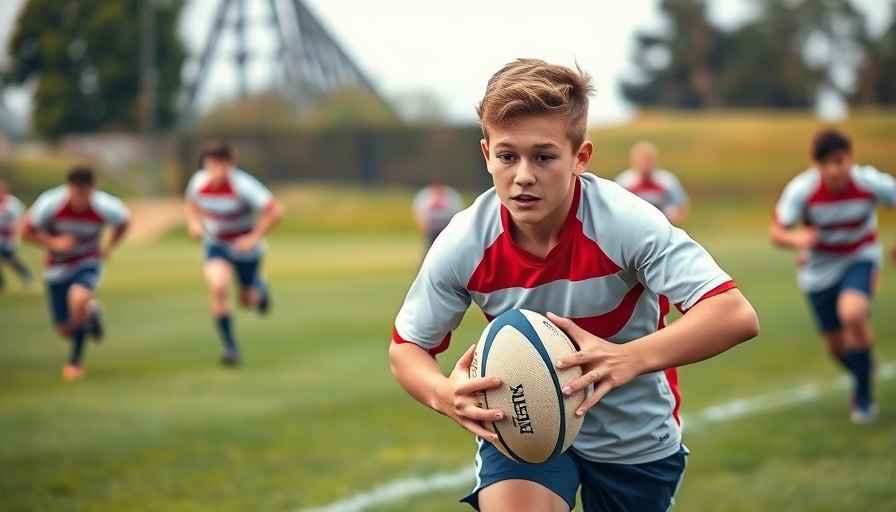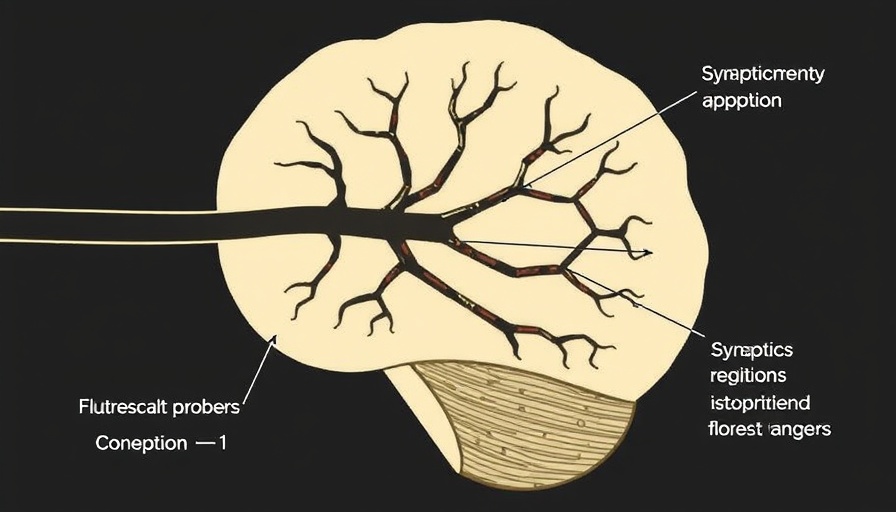
The Evolving Landscape of Rugby Headgear and Concussions
In recent years, the discussion around head injuries in contact sports like rugby has intensified. With an increasing awareness of concussions and their long-term effects, the rugby community has been in search of innovative solutions to better protect players. Although traditional rugby headgear has its benefits, recent research indicates that it may not effectively prevent concussions. However, advancements in materials science could present new opportunities for enhancing player safety, thereby shaping the future of rugby.
Understanding the Limits of Traditional Headgear
Standard rugby headgear has been designed primarily to protect against cuts and abrasions rather than to absorb impacts that could lead to concussions. According to sports medicine experts, the average helmet offers minimal protection against the rotational forces that often contribute to concussive injuries. Research published in medical journals highlights how these forces are particularly damaging, suggesting that although headgear mitigates some superficial injuries, it cannot entirely eliminate the risk of concussion.
New Materials on the Horizon
As we look toward the future, innovations in materials engineering are paving the way for more sophisticated headgear that could significantly lower the risk of brain injuries. For instance, new lightweight materials designed with energy-absorbing capabilities are being tested and could revolutionize how headgear is crafted. These novel materials could potentially offer a more effective means of cushioning impacts, thereby reducing the severity of blows taken over a player's career.
Social Impact: The Importance of Safety in Sports
The push for safer rugby gear is not merely a reflection of technological advancements but also a response to a broader societal concern. As awareness grows regarding the consequences of repeated head injuries—including Chronic Traumatic Encephalopathy (CTE)—players and parents increasingly prioritize safety. This cultural shift is influencing how equipment manufacturers are conceptualizing and producing sports gear, indicating an urgent need for accountability in player protection.
Future Predictions: Trends Driving Change in Sports Gear
As the rugby community adopts more technologically advanced materials, we can predict a paradigm shift in player safety protocols not only in rugby but across various contact sports. Enhanced headgear could lead to changes in training methods and game strategies, as coaches and players may feel more secure to engage physically. Furthermore, increased advocacy for safer practices is likely to lead to regulatory changes that will make advanced materials the industry standard.
Counterarguments: Are We Relying Too Heavily on Technology?
While the focus on improved equipment is crucial, it’s important to consider the counterarguments posited by some in the sports community. Critics argue that an over-reliance on technology could lead to a false sense of security among players and coaches, potentially encouraging riskier behaviors on the field. Proper training and education about safe play techniques remain essential components of a holistic approach to concussion prevention.
Practical Insights for Health Practitioners
For concierge health practitioners, staying informed about the latest developments in sports-related injuries is essential for providing comprehensive care to patients involved in contact sports. Engaging with patients who are young athletes or parents of athletes about the importance of headgear and updated safety protocols can foster informed decision-making. Additionally, being aware of ongoing research and emerging materials can help practitioners offer tailored advice based on evidence-based outcomes.
Actionable Steps for Enhanced Player Safety
Health practitioners can play a pivotal role in advocating for safer sports practices. Encourage players to engage in regular assessments that allow for monitoring of head injuries. Collaborate with local rugby organizations to promote awareness campaigns about concussion symptoms and prevention strategies. By aligning with innovation in headgear and materials, practitioners help forge a safer play environment for everyone involved.
In conclusion, while traditional rugby headgear offers some level of protection, the focus on developing advanced materials could serve to substantially lessen the long-term impacts of concussions. Keeping abreast of these developments and engaging with patients around best practices in sports safety can contribute significantly toward a safer athletic culture. As we continue to explore the possibilities, it is crucial for health practitioners to communicate the importance of both technological advancements and rigorous player education.
 Add Row
Add Row  Add
Add 






Write A Comment